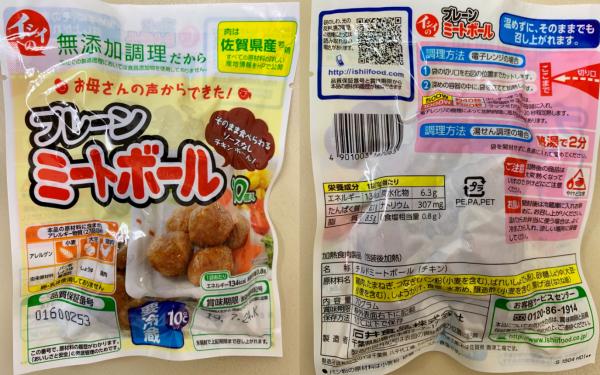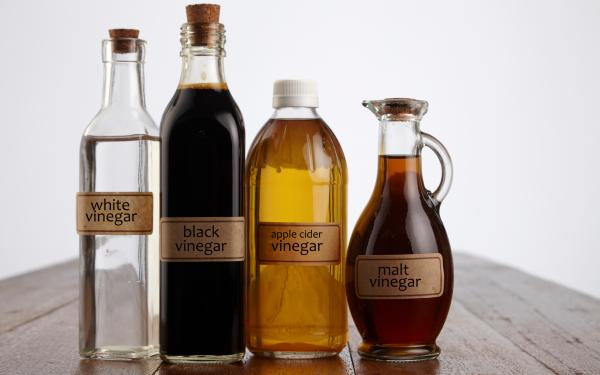過度なアルコール摂取を防ぐ方法
・高タンパク質の食事でドーパミンを調整する
中枢神経系に存在する神経伝達物質で快感や多幸感、やる気等の人の意欲を促進する働きを持つドーパミン。継続的にアルコールを摂取すると脳内のドーパミン受容体が減少しドーパミンの機能が低下します[#]Di Chiara, Gaetano. 1997. “Alcohol and Dopamine.” Alcohol Health and Research World 21 (2): 108. 。そのため、より多くのアルコールを求める悪循環に陥ります。飲酒量が増えるとそれだけでカロリーが摂れるため食欲が減るものですが、これは更に問題を悪化させます。というのも、タンパク質が豊富な食品を摂取しドーパミンの生成に不可欠な必須アミノ酸のフェニルアラニンを供給することでアルコールの欲求を抑える働きが期待できるため。良質なタンパク質を摂取するのであれば動物性を。その他の必須アミノ酸をしっかりと摂取できます[関連記事:タンパク質はどれも同じではない。植物性タンパク質より動物性タンパク質を摂るべき理由。]。
・メディテーション
メディテーションの効果をあまり信じていない人もいるとは思いますが、アルコール依存症の再発防止策としてメディテーションは効果があり科学的にも証明されています[#]Zgierska, Aleksandra, David Rabago, Megan Zuelsdorff, Christopher Coe, Michael Miller, and Michael Fleming. 2008. “Mindfulness Meditation for Alcohol Relapse Prevention: A Feasibility Pilot Study.” Journal of Addiction Medicine 2 (3): 165. 。また、メディテーションは上記で述べたドーパミンの放出を助ける効果もあります[#]“Increased Dopamine Tone During Meditation-Induced Change of Consciousness” n.d. Accessed November 30, 2020. https://www.researchgate.net/publication/11408344_Increased_Dopamine_Ton.... 。アルコールへの渇望が強まった際に試してみる価値はありそうです。
【関連記事】「瞑想が自分を変える!自宅で簡単にできる5種のメディテーションを紹介」

・ノンアルコールビールを避ける
アルコール摂取の代替案として選びがちなノンアルコールビール。しかし、本物のビールと匂いも色も近いためアルコールへの渇望が増す可能性が指摘されています[#]Ron D, Barak S. Molecular mechanisms underlying alcohol-drinking behaviours. Nat Rev Neurosci. 2016;17(9):576-91. PMID: 27444358 。また、日本で一般に良く売られているノンアルコールビールは香料や着色料、甘味料など添加物まみれ。選ぶのであれば外国産の麦芽とホップのみが原材料のものを選びたいところですが、ビールにごく微量含まれている可能性のあるカビ毒や残留農薬のことも考えるとやはりあまりおススメできません。
【関連記事】「ノンアルコールビールって健康にどうなの?」
・炭酸水
あのシュワシュワとした爽快なのどごしが好きでビールやサワーを好んで飲んでいる人は、無添加の炭酸水を是非試してみてください。健康リスクが伴わない炭酸水には便秘や消化不良を改善といった健康効果も期待できます。最初は味気がなくて少々退屈ですが、慣れてくると癖になりますよ!上記のノンアルコールビールを飲むより断然おススメです。
【関連記事】「水の代わりに炭酸水をたくさん飲んでも大丈夫?正しい炭酸水の知識。」

・アルコール依存症の早期発見チェックシート
アルコールに依存している人は、自分がどの程度依存しているか気が付かない傾向にあります。WHO(世界保健機関)が作成したチェックシートの日本語版がありますので、自分は大丈夫だと思っていても一度受けてみましょう。客観的なデータを用いて現状を知る事で過度な飲酒へのブレーキにもなります。


















 中級
中級 
 初級
初級 






コメント
コメントを追加